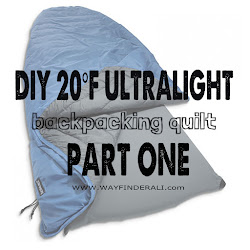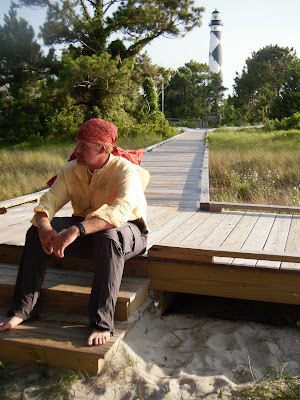I was really impressed with how the organized getting the group into the water. As a sea kayaking guide, I know how chaotic things can get when inexperienced kayakers set off into the water- a place where current, wind and waves can intimidate new paddlers and spread them out all over the place. Hot Wax surf camp got us into the water in a super controlled, safe way that made everyone feel really comfortable.
We lined up in two lines on the beach. There were two instructors in the surf zone (where the waves are crashing) and two instructors floating on their boards out in the lineup. We already knew how to manage our big boards in the waves from our session on land, but it was great to have someone right next to us encouraging us and giving tips when we struggled. Once we made it through the breaking waves, we were sent paddling to the instructors floating in the lineup.

Once we were all safely in the lineup, we practicing turing around, paddling, loosing our boards, retrieving our boards and the "nose grab." When it was time to start catching waves, the instructors were really encouraging and took the time to make sure everyone caught a wave. The camp is designed to give participants the basic skills they need to start surfing. You won't be a world class surfer by the end of your session, but you will have the skills you need to go out with a rental board on a nice day.
In addition to taking posed photos on the beach, one of the instructors (and the owner of the shop) brought a waterproof camera out surfing to take candid photos of us while we surfed.

Hot Wax surf shop is a great place for families, scout troops, and groups of friends to have a great, safe first surfing experience.




































































